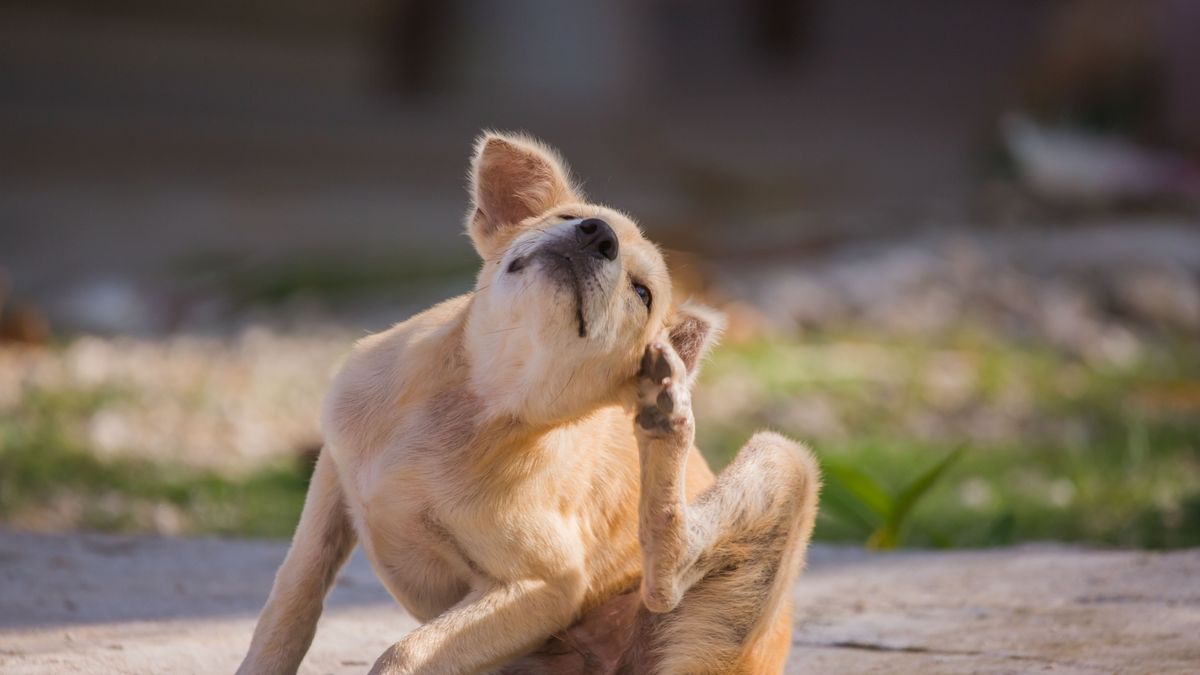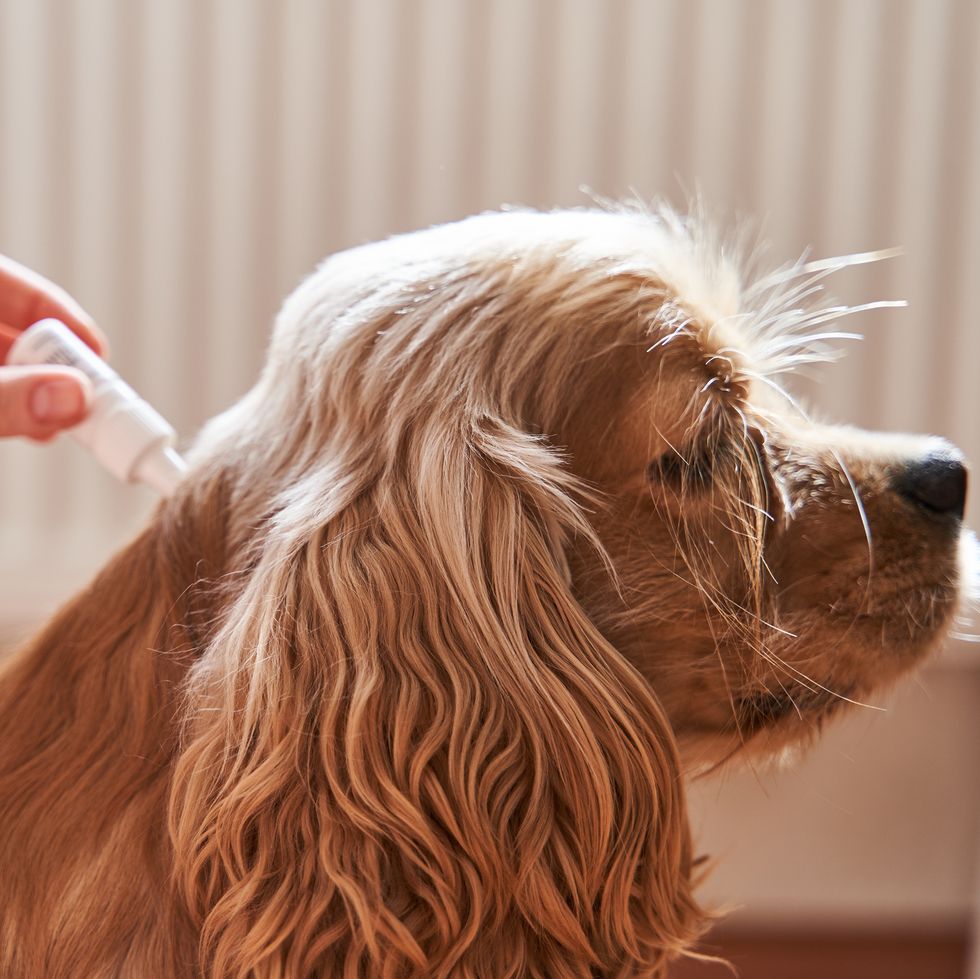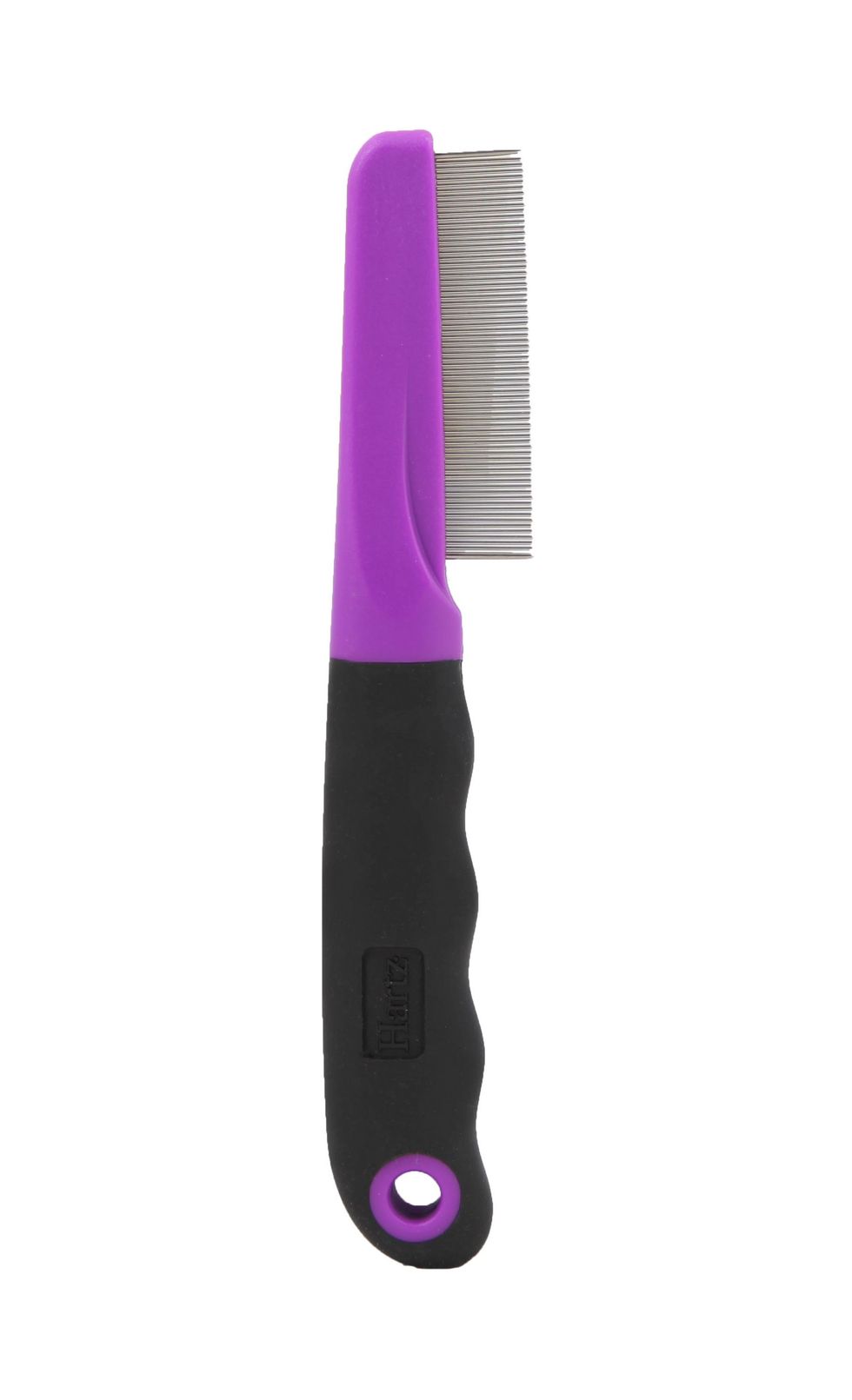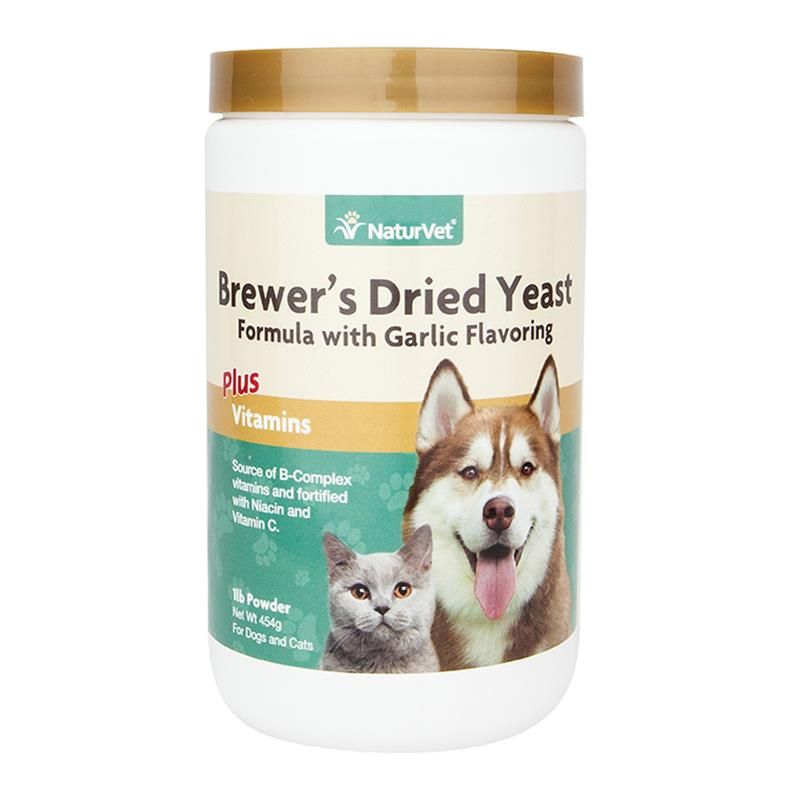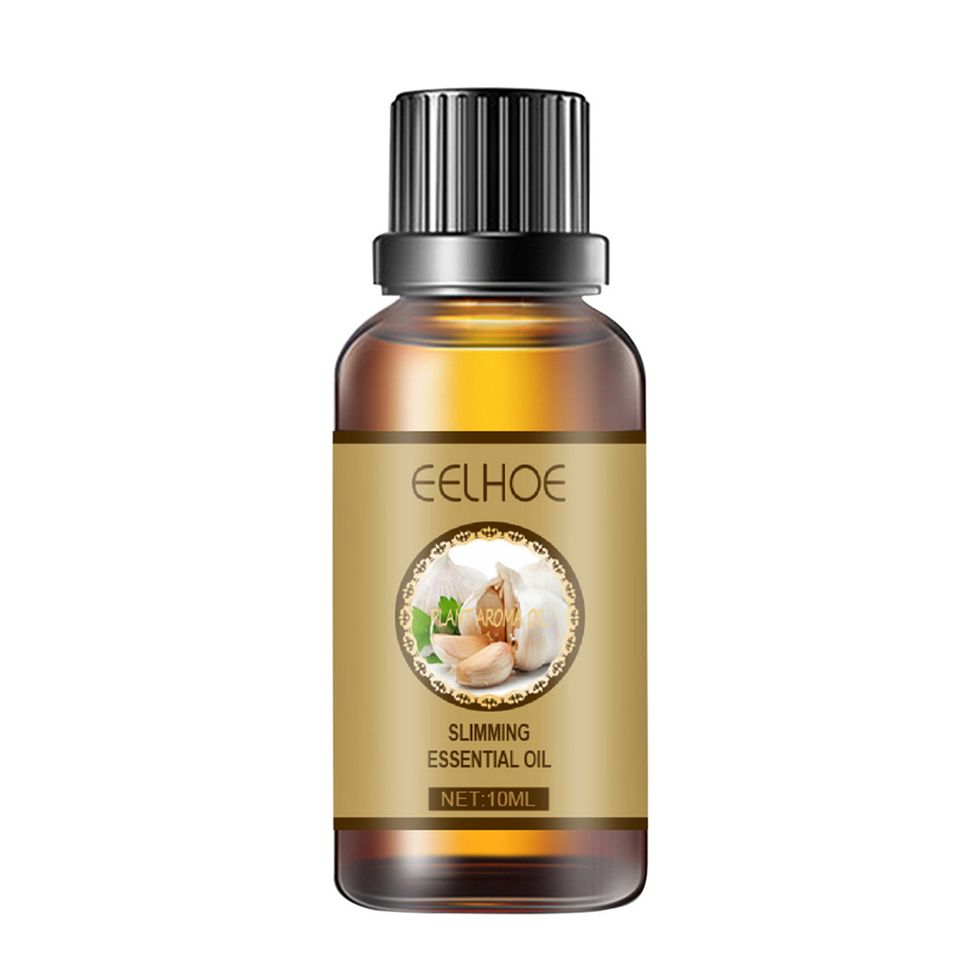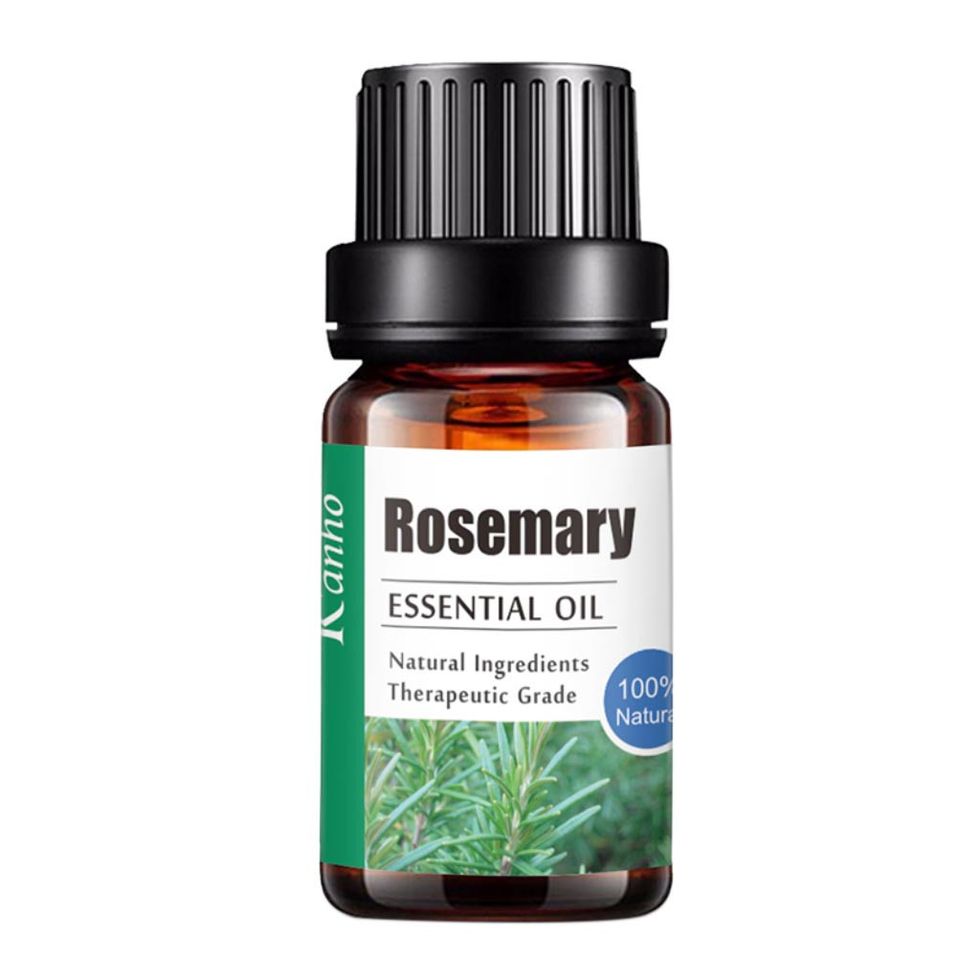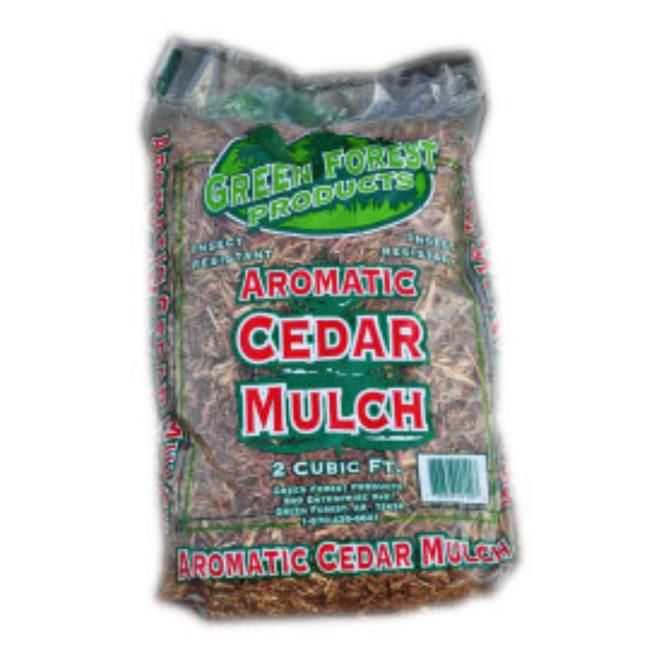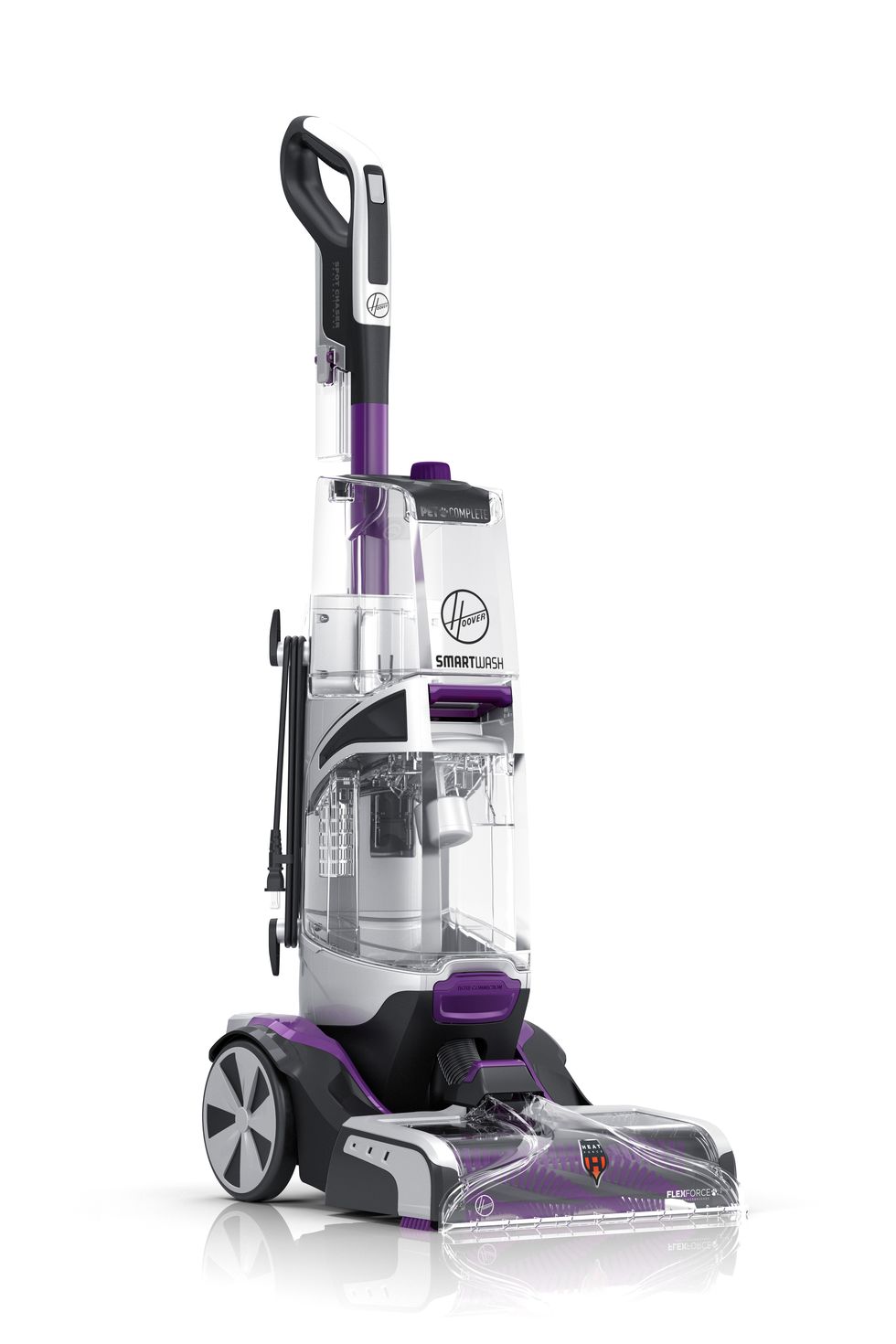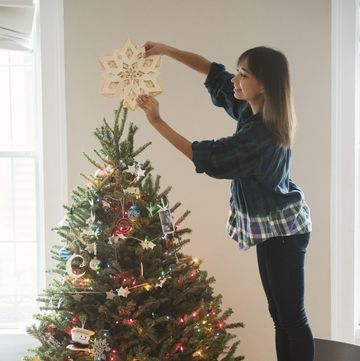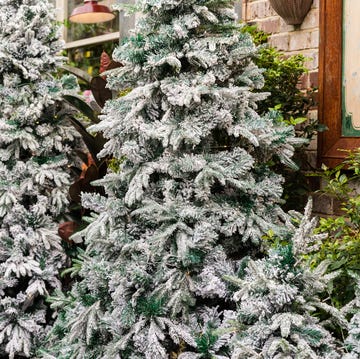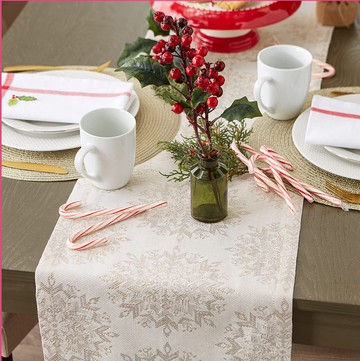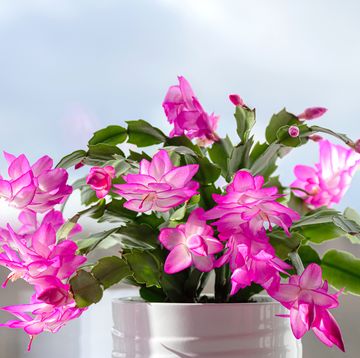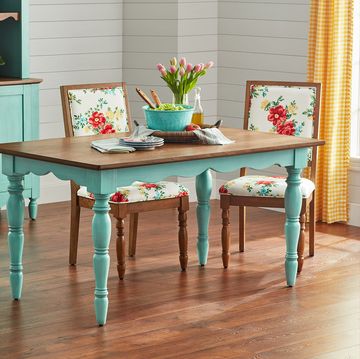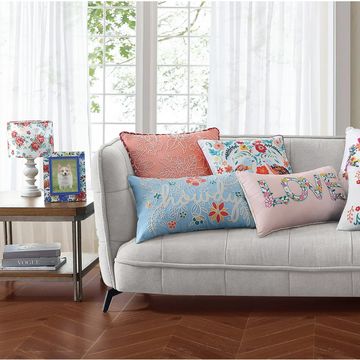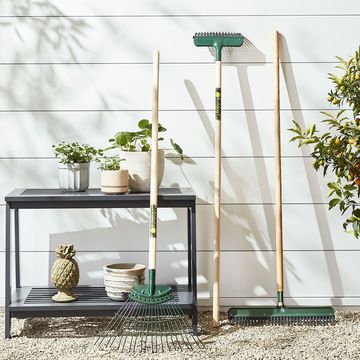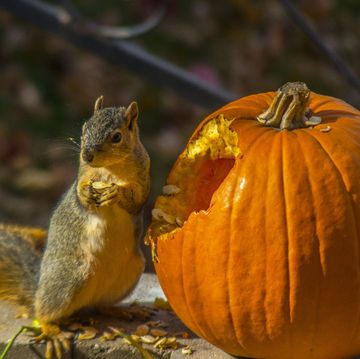"How to get rid of fleas?" If you've ever had a house full of these little bugs, you've undoubtedly been left asking this very question. Forget mosquitoes. Forget mice. Because of all the infestations that can take over your home, fleas are one of the worst. Not only do these parasites make your poor pets miserable, they will attack your human family members as well. Flea bites can leave incredibly itchy, unsightly welts that take months to heal on people, although it's even worse for Fido and Fluffy, because fleas live on animals, attacking them over and over.
And sometimes the side effects don't stop at discomfort and skin irritation, according to Dr. Paola Cuevas Moreno, a veterinarian and behaviorist with Hepper.com.
"Some pets even develop an allergy or hypersensitivity to flea saliva and develop a severe immune-mediated reaction with very itchy skin, painful wounds, inflammation, and even areas of secondary skin infections and hair loss," she says. "Moreover, dogs and cats that accidentally ingest fleas while scratching with their mouths are at risk of getting infected with intestinal tapeworms. So, a flea problem needs to be dealt with as soon as possible!"
Icked out yet? That's why we've asked a panel of veterinarians to answer some questions about how to get rid of fleas once and for all.
How do I get rid of fleas in my house fast?
Unfortunately, fleas have a 90-day life cycle, which means you might need to treat your home and yard twice, three times, or more. And, even if you only spot a few of the insects on your dog or cat, chances are your flea problem is far more widespread than you realize. "The live, adult fleas that you see on your pet are only 5 percent of the total flea population," says Dr. Jamie Whittenburg, veterinarian at SeniorTailWaggers.com and director of Kingsgate Animal Hospital in Texas. "The other 95 percent are immature stages (eggs, larvae, and nymphs). Frighteningly, an adult female flea can lay 2,000 eggs a day."
What kills fleas best in the house?
You can always hire an exterminator to take care of the infestation for you, but if you aren't a fan of dousing your home in chemicals or want to save money by tackling the problem yourself, there are other methods to get rid of fleas. Just remember to follow these steps at the same time, on the same day, so the fleas don't have time to reinfest the areas and animals you've cleaned.
Wash your pets with anti-flea shampoo you've purchased at your vet or that's recommended by your vet. Begin by washing from the head down, paying special attention to the areas where fleas like to gather, like on the face and neck, under the legs, around the front of the tail and in the groin area. Depending on the instructions, you may need to let the shampoo sit or repeat the process several times. While it's sitting you can brush your pet with a flea comb.
"These combs have long tiny teeth where fleas get trapped," Dr. Cuevas Moreno explains. "Combing around your pet's neck and tail, you collect the eggs or adult fleas. Submerging the comb in a dish of hot, soapy water will help to trap and kill the fleas. This requires technique and speed as fleas can jump very fast."
After your pet is dry, apply a flea treatment from your vet. Paola likes the liquid form because it lasts as long a a month, begins working in the first day and may kill ticks, as well. "Be sure to stick with the ones only available through prescription because these tend to be safer and work better than over-the-counter options," says Dr. Chyrle Bonk, a veterinarian with ExcitedCats.com. "Whether it be a pill, collar, topical or spray, be sure to follow the labeled directions carefully. These products will kill fleas on your pet no matter where they pick them up."
If you want to go the natural route on your pets, there are some options, according to Dr. Melissa Brock, a veterinarian and author at PangoPets.com, like massaging brewer's yeast or garlic oil into their coats. Or, try adding two cups of rosemary leaves to hot water. After it cools down, spray or rinse your pet with it.
Once all of the fleas on your animals have been eradicated, it's time to move on to your house. Clean things like rugs, throws, pet beds, and your own bedding in the washing machine. "Flea eggs can survive for long periods of time in your carpet or other places in your home," says Dr. Debra Eldredge, a veterinarian at Cat World and author of the popular Cat Owner's Home Veterinary Handbook. "This is why it's important to also clean your home... I wash things with flea shampoo for extra caution."
While you're washing all of your soft goods in hot water and drying them all on high heat to kill any fleas hiding amongst the fabric, it's time to vacuum floors and upholstery. Make sure you get into cracks and crevices between floors and baseboards, and under furniture, too. Then, head outside, empty the vacuum's contents into a plastic bag and seal it tightly. Place it in a garbage can.
After you've vacuumed, it's time to harness the flea killing power of hot water and soap. Dr. Cuevas Moreno suggests steam cleaning "every square inch of your home, floors, sofas, and beds. Pay special attention to the areas where your pet hangs out. If your pet is allowed outside, vacuum and steam clean every possible surface on a patio."
What kills fleas permanently?
While the measures described above could, at least in theory, prevent the dastardly little critters from ever returning to your home (especially if you use a vet-approved flea treatment and preventative on your pet), if your yard has an infestation, you may find them invading again. Instead of applying pesticides and killing good insects, like bees, along with the bad, try the following methods suggested by our experts:
- Fleas, like mosquitoes, love dark, damp, warm places. Keep your yard neat by sweeping up leaves and other debris, letting as much sunlight as possible into shady spaces. Don't add the detritus to the compost pile; bag it and throw the bag away. Fleas like to hide in tall grass, so Dr. Eldredge recommends that you, "mow to keep your grass short and trim perimeters."
- Apply natural repellents. "Try using garlic cloves or rosemary oil around borders where you know fleas tend to gather, like around trees," Dr. Brock says. "You can also sprinkle cedar chips around areas where fleas might be." That also includes under bushes and in flower beds.
- You probably will also want to add plants that drive away fleas to places like your home's entrances, foundation, windows and anywhere your pet visits. Fragrant herbs, including "catnip, rosemary, sage, or thyme" should do the trick nicely, according to Dr. Cuevas Moreno.
Jill Gleeson is a travel journalist and memoirist based in the Appalachian Mountains of western Pennsylvania who has written for websites and publications including Good Housekeeping, Woman’s Day, Country Living, Washingtonian, Gothamist, Canadian Traveller, and EDGE Media Network. Jill is the travel editor for Enchanted Living. Learn more about her journey at gleesonreboots.com.
